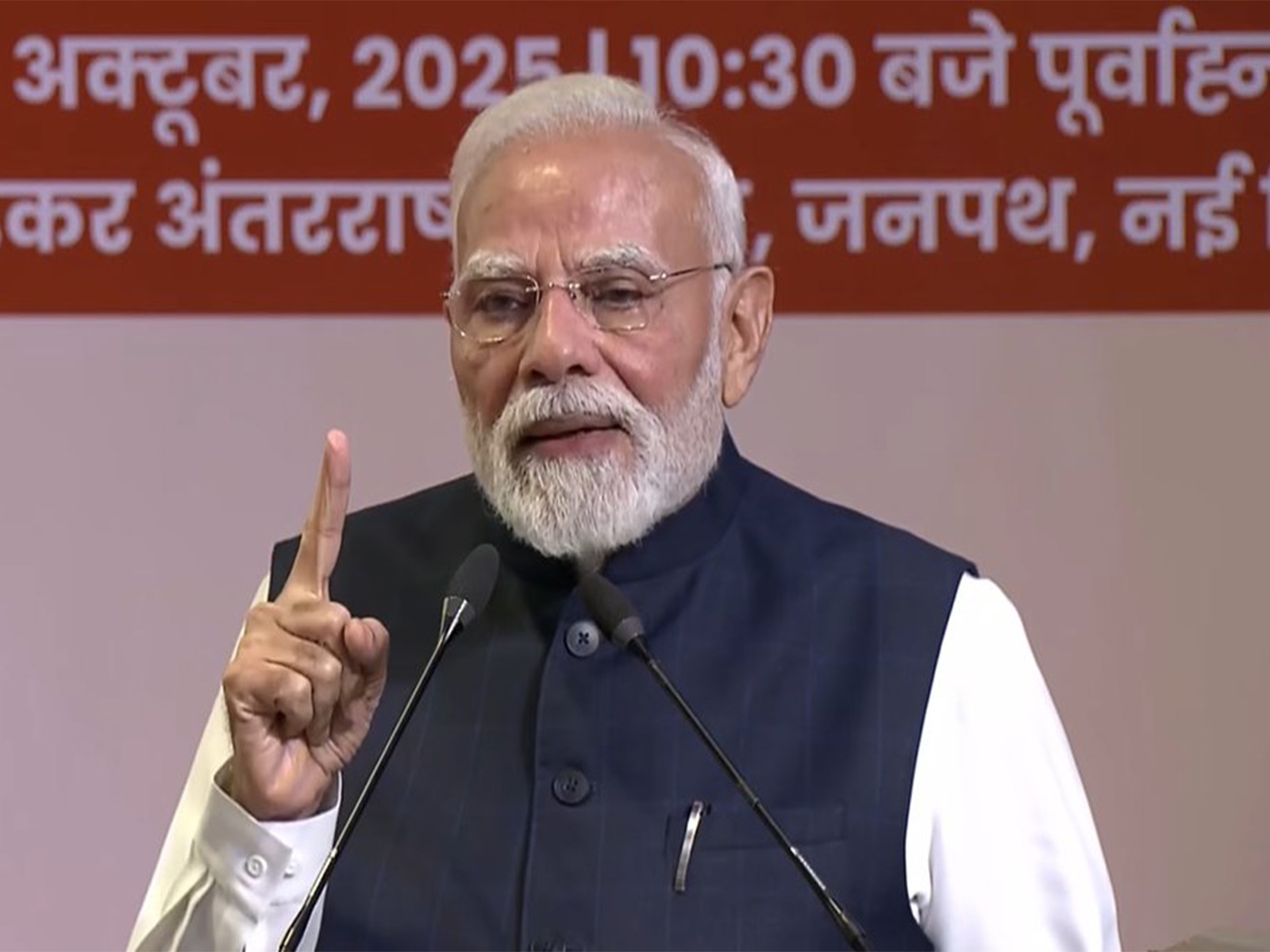Food for thought: Robots are taking over restaurants

In a world filled with rogue Yelp and Zomato reviewers, being a restauranteur is no easy task. A hair in a soup, a dish served cold or too salty or just one poorly trained staffer could significantly dent your business. Is the solution better staff training and more expensive staff? Maybe. But there's a far more epic solution - replacing humans with robots altogether.
It sounds radical - like something you'd read in an Asimov story - but it's fast becoming a reality.
Read: Microsoft's new software can tell how you're feeling from a photo
Robots, until their eventual bloody uprising of course, are a lot more advantageous than human employees. They don't draw salaries, take sick leave, get physically or mentally tired, require smoke breaks or have interpersonal or motivational issues. In addition, they're efficient, consistent and precise.
It's these reasons, apart from the rapid strides made in the robotics field, that have experts predicting robots will take over a third of human jobs by 2025. In fact, we've already had cases where factories have laid off 90% of their staff in favour of robots. But long before the impending factory jobpocalypse, the fast food industry looks set to go completely automatic.
In fact, we're well on our way there already.
Robot waiters are really patient
Just last year a restaurant chained opened up in the US where customers never interacted with the employees. Called Eatsa, the chain is essentially a high-end vending machine driven by humans. With zero service staff, customers instead place their order on iPad, instantly solving the problem of incorrect orders.
Also read- Go, Going, Gone: AI just beat the world champion in the world's toughest game
When ready, the food is placed in cubby holes that line one wall of the restaurant. The customer's name appears on the door of the compartment when their order is ready. The kitchen, where human labour is still a thing, is placed behind the wall of cubby holes, completely out of sight.
The savings on staff not only help Eatsa's bottom line, they're even passed on to customers. They're meals, which are quinoa-based, would normally be far more expensive, but Eatsa's able to offer them at a considerably inexpensive $6.95, while not compromising on ingredients or quality.
Despite the lack of customer interaction, the automated approach allows the chain to better understand and serve their customers. Every customer's order is recorded by the system so that when they login the next time, they're greeted by alternative options and combinations in line with their tastes.
Slowly but surely, robots are taking over the restaurant industry!
Eatsa's operation is so efficient that Andy Pudzer, the CEO of Carl's Jr., a leading fast food chain, is also hoping to get in on the act. Speaking to Business Insider, he summed up the benefits thus, "They're always polite, they always upsell, they never take a vacation, they never show up late, there's never a slip-and-fall, or an age, sex, or race discrimination case."
Pudzer isn't wrong about any of those things. Besides, as wages increase robots become even more viable. But there is another place Pudzer is wrong, because he doesn't believe robots could take over the more complex kitchen work. They totally can.
Robot chefs - a cut above the rest
Heck, the fast-food industry is probably the easiest one to cater to as well. There are robots like Momentum Machines' burger-maker that can produce up to 360 burgers an hour according to user specifications. It's both more sanitary and consistent than a human employee and will almost definitely revolutionise the fast food industry.
But cooking robots are not really new, we already have examples like the Rotimatic that can churn out rotis en masse. There's also China's 3-foot-tall noodle slicing robots who slice perfectly uniform noodles from flour:
But that's fairly simple stuff, far beneath the dignity of some of the more hi-tech robots. Sereniti Kitchen's Cooki is able to cook a preset range of meals from scratch using packaged ingredients provided by the company. The meal can be selected on the company's smartphone app that syncs to the robot. The robot isn't some gigantic machine that takes up space either, it's the size of a microwave oven.
Cooki isn't alone. OneCook, another robot chef that works similarly, is able to prepare a meal for four in under 5 minutes. OneCook is able to handle any ingredient provided to it as long as it has the recipe handy, sort of like a regular person trying to cook, just more efficient, consistent and with less complaining. What's more, it's going to cost less than US $400, making it viable, not just for restaurants, but for personal use.
Even so, both robots are fairly limited. But, as always, there's a bigger, better robot able to do so much more. Enter Moley Robotics.
Read more: Robots judging beauty pageants? Hello 2016!
Moley's robot is a fully automated kitchen. Everything has been designed to allow a super-dextrous set of robotic arms to replicate the actions of an actual chef. Thanks to 20 motors, 24 joints and 129 sensors, the arms are able to replicate the whole range of human arm motion.
Moley have used motion capture to record the cooking processes of actual chefs cooking over 2,000 dishes. This motion capture is turned into algorithms that allow the robot to execute the same recipes in the same way as the chefs. While the robot is expected to cost around $10,000 when it releases, that's peanuts compared to the cost of hiring a Michelin star chef whose recipes can be accurately recreated by the robot.
The last mile
So service and preparation have been taken care of, and delivery is next on the robots' hit list. Starship Technologies has already created a delivery-bot capable of replacing the average delivery boy.
With a payload of just under 20 pounds and an average speed of 4 miles per hour, the robot is ideal for deliveries in the vicinity of a restaurant. It's also securely locked and can only be opened with a customer-specific mobile code. However, the robot isn't 100% autonomous - there is a human monitoring the robot at all times in case it gets confused.
Also read: Robots are so mainstream, we're now having sex with them. Say hello to Sexbot
Starship doesn't expect its robot to be used by restaurants though. Luckily, Dominos has restaurants covered with its Delivery Robot Unit (DRU). The pizza chain has already begun dry runs of DRU in Australia. Using the same technology used by self-driving cars to identify their surrounding environment, the robot also has GPS tracking that syncs to Google maps so that both the customer and the store can track its progress.
With insulated compartments for both hot and cold dishes, and similar security precautions to Starships' bot, DRU could be a regular feature within the next two years. In fact, Dominos see it as the future, even working with various governments to ensure it is road legal.
This robot takeover seems absolutely amazing, I'm just not quite sure I approve of them learning how to use knives. That seems dangerous once Skynet takes over.
More in Catch:
ISIS strikes heart of Europe: 34 dead and over 170 injured in Brussels
#Twitter10years: Keep up the good work, but act against abuse please
J&K govt coming soon, after Mehbooba's 'positive' meeting with PM







![BJP's Kapil Mishra recreates Shankar Mahadevan’s ‘Breathless’ song to highlight Delhi pollution [WATCH] BJP's Kapil Mishra recreates Shankar Mahadevan’s ‘Breathless’ song to highlight Delhi pollution [WATCH]](https://images.catchnews.com/upload/2022/11/03/kapil-mishra_240884_300x172.png)

![Anupam Kher shares pictures of his toned body on 67th birthday [MUST SEE] Anupam Kher shares pictures of his toned body on 67th birthday [MUST SEE]](https://images.catchnews.com/upload/2022/03/07/Anupam_kher_231145_300x172.jpg)






